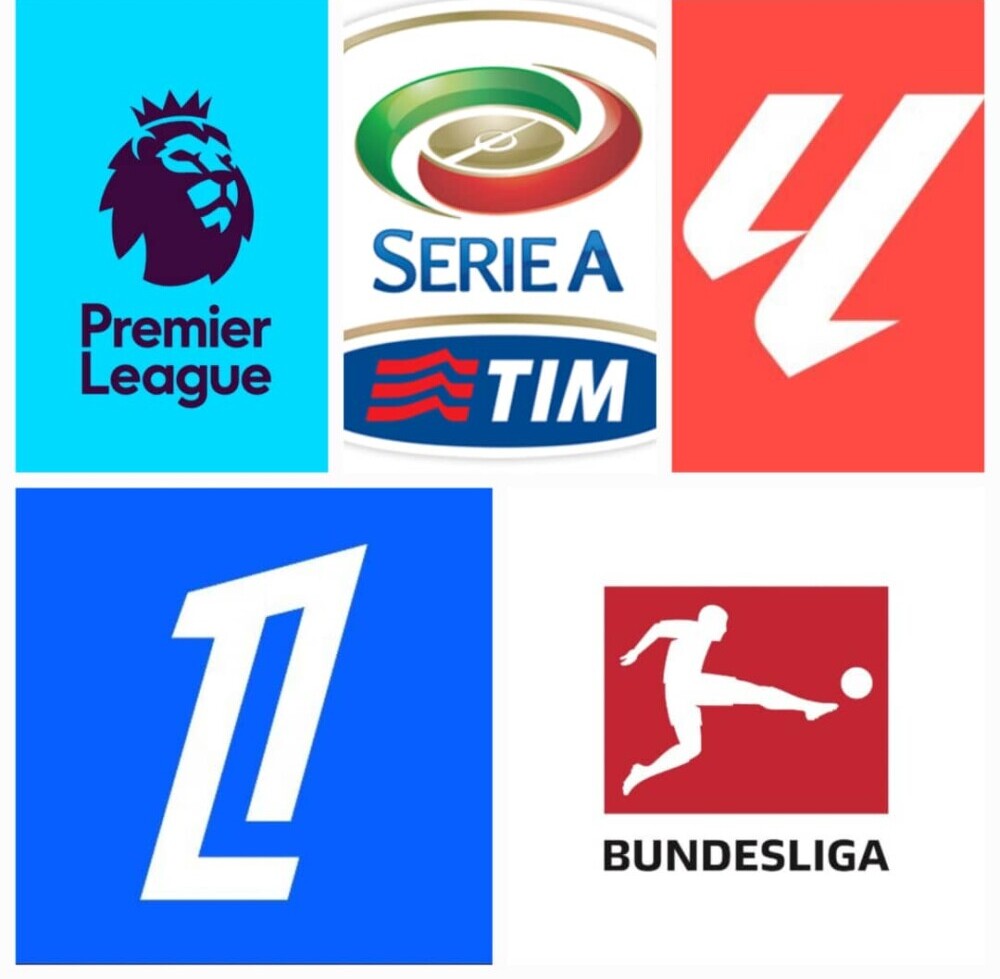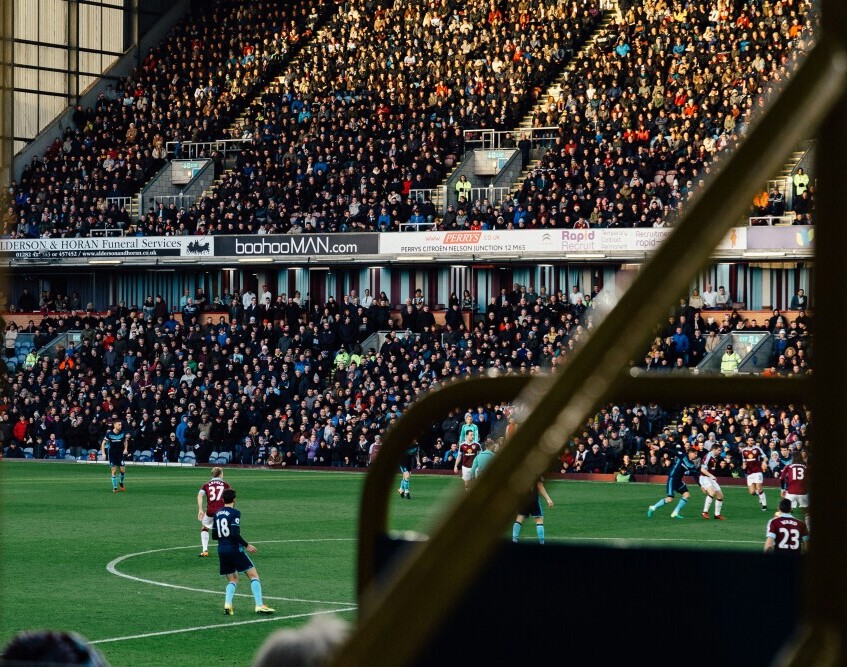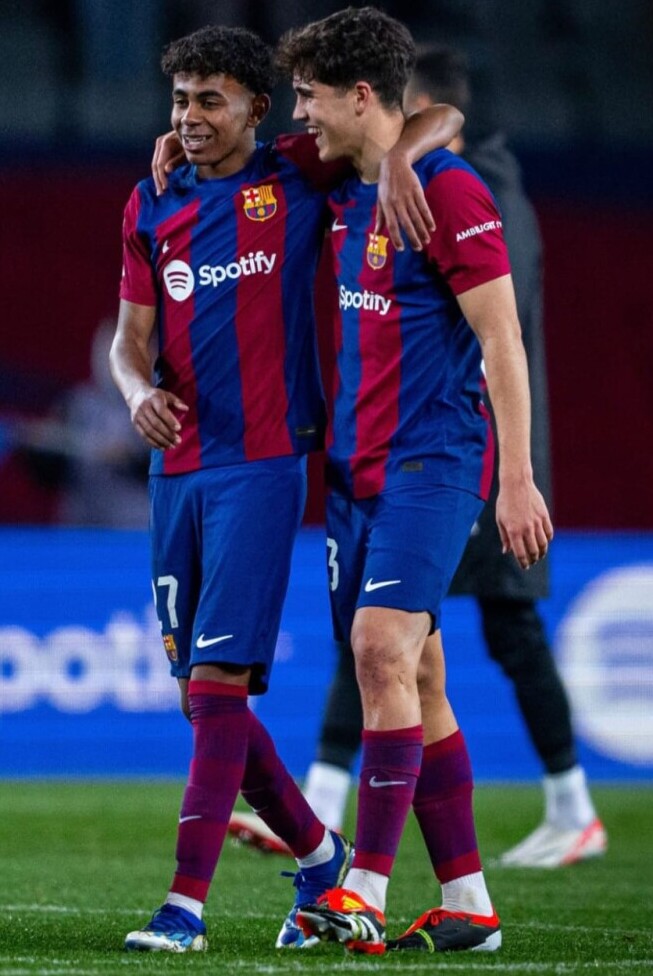Social media has absolutely revolutionized how Premier League teams connect with their fans.
We’re talking about a whole new level of interaction and visibility here. In the not-so-distant past, fan engagement was about getting a match ticket or maybe catching a game on TV.
But now?
Now, fans interact with their favorite clubs instantly from anywhere in the world.
Premier League teams are tapping into massive global fan bases, spreading their influence like never before.
It’s a two-way street, really.
While fans get to peek behind the curtain of their beloved clubs, teams capitalize on this access to boost their brand presence and grow their followers at an astonishing rate.
But it’s not just about racking up follower counts or getting likes.
These clubs are weaving complex strategies aiming for real, meaningful engagement.
The focus has shifted to creating genuine connections—building communities that feel heard, seen, and valued.
A well-timed tweet, an Instagram story showing a player’s daily life, or exclusive content delivered direct to fans can create buzz and foster loyalty.
Think about it like this: social media isn’t just a platform for clubs to broadcast messages.
It’s an arena.
An arena where they can reinforce their brand, demonstrate core values, and present their unique personality.
It’s where their charisma as a team can shine, creating similar electric atmospheres to those in filled stadiums.
So, whether you’re a small-time club marketer or a curious fan, understanding this dynamic can offer loads of insights into how social media is shifting the landscape of modern sports.
And trust me, staying informed and adaptive in this ever-evolving digital playground is key to scoring big in today’s world.
Analyzing Content Strategies of Top Premier League Clubs
Premier League teams aren’t just posting; they’re crafting stories, creating worlds that fans want to be part of.
The range of content they deliver is vast, embracing everything from slick highlight reels to candid behind-the-scenes footage.
Visual storytelling is king.
High-quality graphics, and yes, even memes, are part of a dynamic strategy to captivate younger audiences who crave instant, visually-appealing content.
Videos are a big deal too. Whether it’s a key match highlight or player pranks, video content hooks viewers in new ways, keeping engagement levels high.
Top clubs understand the importance of variety.
Live streams offer real-time interaction opportunities that turn passive fans into active participants. It’s all about making fans feel more involved and less like spectators.
There’s power in fan engagement, and clubs are getting creative.
Look at campaign successes like those “man of the match” polls or personalized birthday shout-outs. It’s more than just attention-grabbing; it’s about forging deeper connections.
Clubs also innovate with user-generated content, encouraging fans to share their experiences supporting the team.
This can amplify reach, create authenticity, and establish a sense of community among the fan base.
Different teams take different routes, but keeping an eye on each other’s success stories is crucial.
Adapting successful elements from rival teams while maintaining unique brand identity can help clubs stay on top of their game.
Understanding these strategies can inspire marketers to dream up fresh, impactful content.
Balancing Corporate Image with Fan Expectations: A Delicate Dance
One of the tricky bits for Premier League teams is finding that sweet spot between maintaining a squeaky clean corporate image and staying in tune with what the fans are really after.
It’s a balancing act that can make or break how fans perceive them.
Fans want authenticity, craving behind-the-scenes looks and a taste of their beloved team’s spirit.
But clubs know they’ve got a brand to protect, with stakeholders and sponsors keeping an eye on how they communicate.
This often means tightrope walking to ensure that individuality shines through while the brand ethos stays intact.
Handling controversies adds another layer of complexity. A misstep online can snowball into a PR nightmare, so teams have to be nimble and strategic in their responses.
Rapid yet thoughtful engagement is key in turning potential negative tides into opportunities for reaffirming their values.
The relationship between promotion and engagement is where many clubs stumble.
Fans can sense when a post is too salesy or out of touch.
It’s about more than just selling merch or tickets – it’s building a community that feels valuable to be a part of.
Authentic interactions often beat mere advertising plays.
Clubs striving to find this balance would do well to engage directly with their fanbase.
Crowdsourcing ideas, acknowledging fan feedback, and celebrating the fan community itself can significantly boost loyalty.
These actions show fans they aren’t just a revenue source, but crucial members of the club’s extended family.
Innovations and Technology in Social Media Strategies
Technology is shaking things up in the realm of social media, and Premier League clubs are riding this wave with some pretty cool innovations.
We’re seeing a surge in augmented reality (AR) and virtual reality (VR) content that offers fans experiences from the comfort of their homes. Imagine exploring a team’s stadium virtually or even training alongside your favorite players. It’s about creating immersive experiences that bring fans closer to the action than ever before.
Personalization is also playing a huge role in fan engagement strategies. Clubs are using artificial intelligence (AI) to tailor content based on individual fan interests. This data-driven approach ensures that what fans see in their news feed is relevant and engaging, keeping the connection strong.
Collaborations with tech giants can enhance reach too. Whether it’s exclusive content deals or using new platforms, teams are getting creative with distribution channels to capture attention in a crowded digital space.
Clubs can maximize their impact by welcoming these technologies with open arms.
Staying ahead involves experimenting with new digital formats, while always keeping an eye on how these innovations enhance fan experience.
Embracing these tech trends could be the game-changer clubs need to keep their digital strategies fresh and exciting.
The Role of Influencers and Partner Collaborations
In today’s digital age, influencers aren’t just reserved for beauty or lifestyle brands – they’re playing a big role in the sports world, too.
Premier League clubs have caught on to this, teaming up with influencers to broaden their outreach.
Players themselves often become influencers with millions following their every move.
Clubs can leverage this player-driven content to humanize their players and make the club more relatable.
When players share behind-the-scenes glimpses, it offers authenticity that’s hard to manufacture otherwise.
But the influence doesn’t stop with players.
External influencers who resonate with target audiences can amplify a club’s message to corners of the internet that might not be reached otherwise.
By partnering with content creators and social media personalities, clubs can engage new demographics and expand their fan base.
Collaborations also extend beyond individuals to other brands.
Joint ventures with brands in sports gear, travel, or lifestyle sectors can create mutual benefits, expanding both parties’ reach and enriching the club’s content offerings.
To harness these partnerships effectively, it’s vital for clubs to align on values and ensure that any collaboration feels genuine.
Authenticity in these partnerships goes a long way towards building credibility with the fan base, ultimately enhancing the overall brand image.
Measuring Success: Key Metrics and KPIs for Social Media Impact
Setting up a killer social media strategy is one thing, but knowing how well it’s actually doing is a whole different ball game. Premier League teams are acing it using key performance indicators (KPIs) and metrics to gauge their social media success.
Engagement rates are among the top metrics clubs pay attention to. It’s simple: the higher the likes, comments, and shares, the better the content is resonating with fans.
This not only boosts visibility but also strengthens the online community.
Reach and impressions matter too, showing how far a post travels and its potential to capture new followers.
They signal whether the content is crossing borders and reaching fresh eyes, a vital aspect for global clubs looking to expand their fanbase.
Diving into demographics lets clubs tailor content even more precisely.
By understanding who’s following them – age, location, interests – teams can tweak their strategies to secure even more targeted engagement and retention.
Fan sentiment analysis is crucial as well, helping clubs measure the emotional impact of their posts.
Are fans happy, upset, or ecstatic?
This insight allows clubs to respond and interact with fans meaningfully, correcting course if necessary.
Ultimately, aligning these metrics with club-wide objectives is where the magic happens.
Whether it’s boosting merchandise sales or driving ticket purchases, tying social media results to real-world goals guarantees the strategy isn’t just getting likes but delivering tangible returns.
Drop any comments or questions below, I would love to hear them and I will be available to answer.
Happy soccer season !!!!!!!!!
Here’s a little transparency: Our website contains affiliate links. This means if you click and make a purchase, we may receive a small commission. Don’t worry, there’s no extra cost to you. It’s a simple way you can support our mission to bring you quality content.”






No Responses